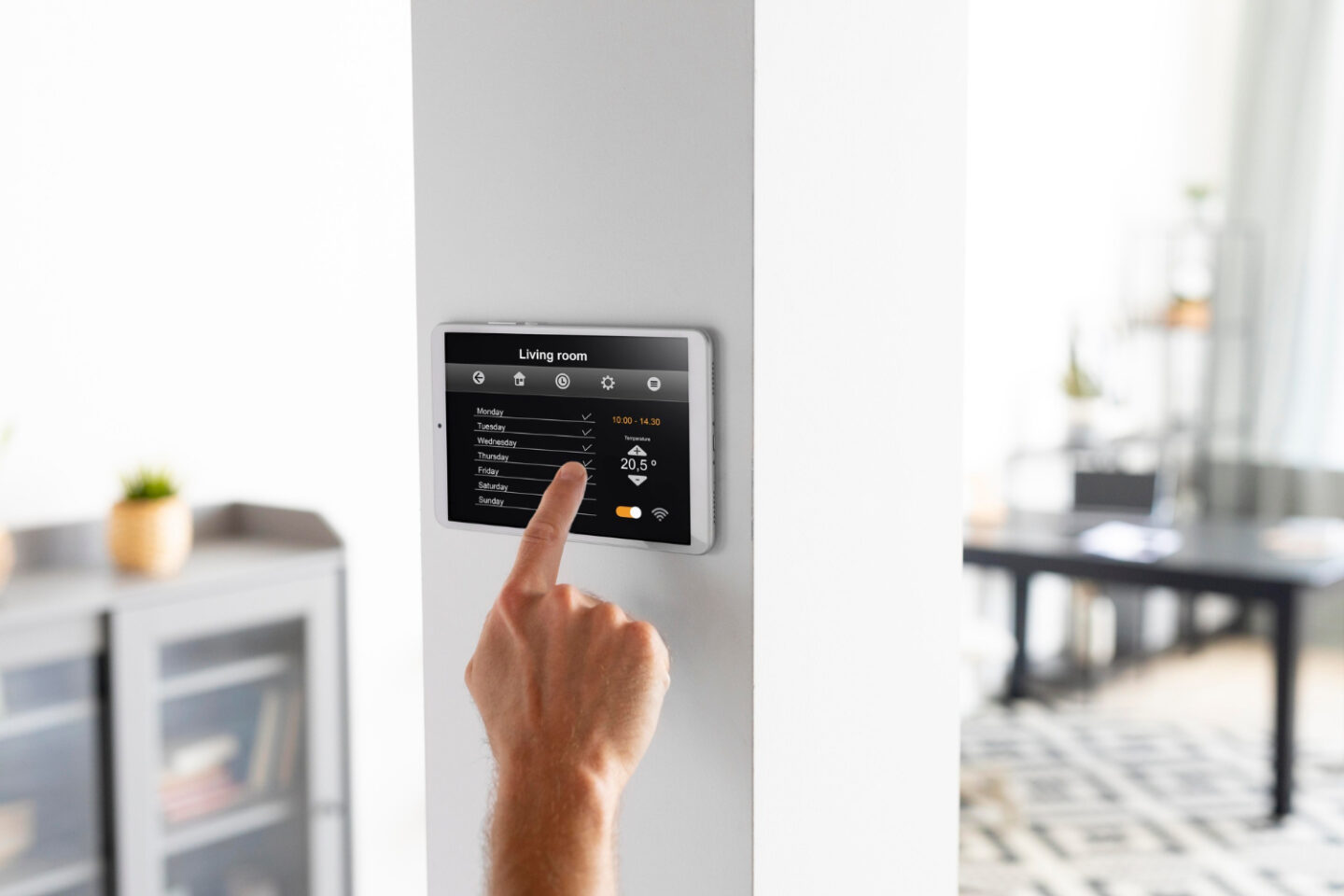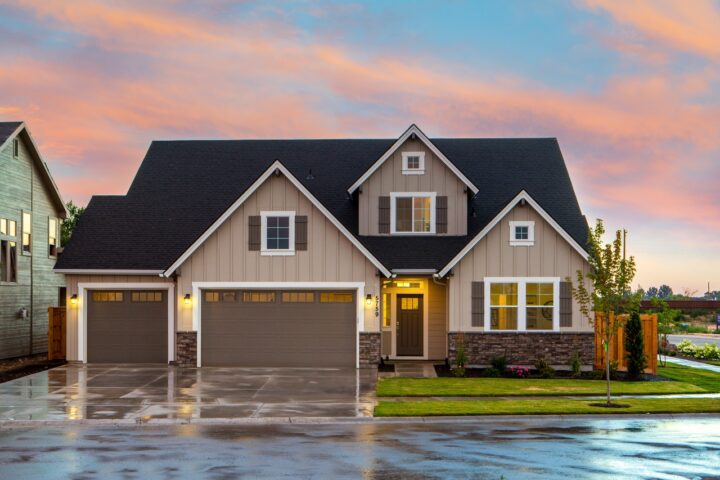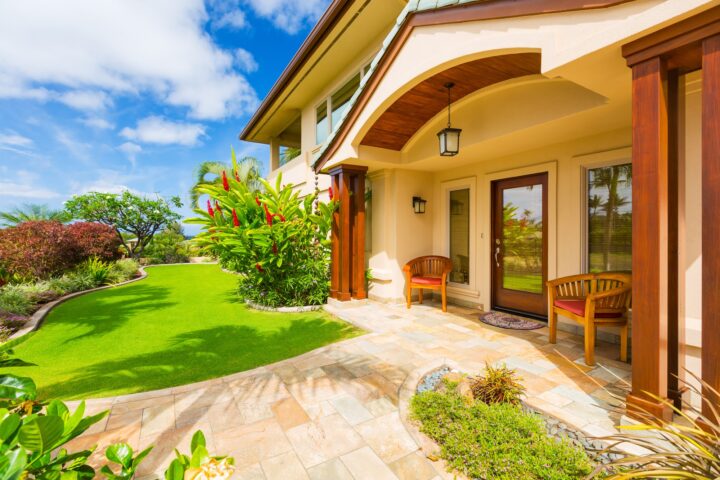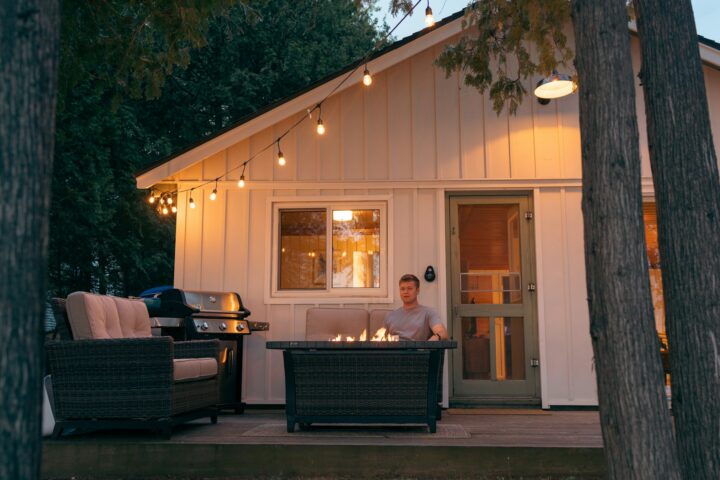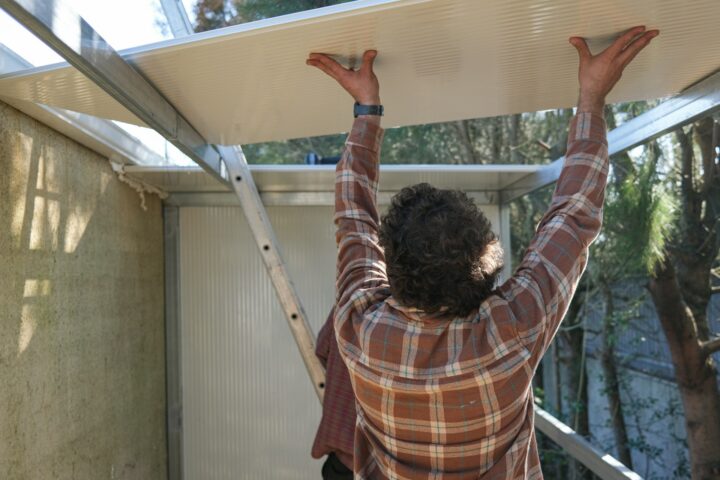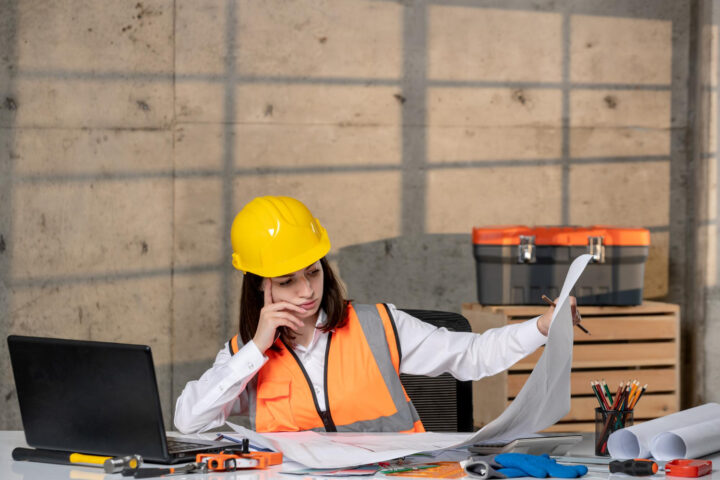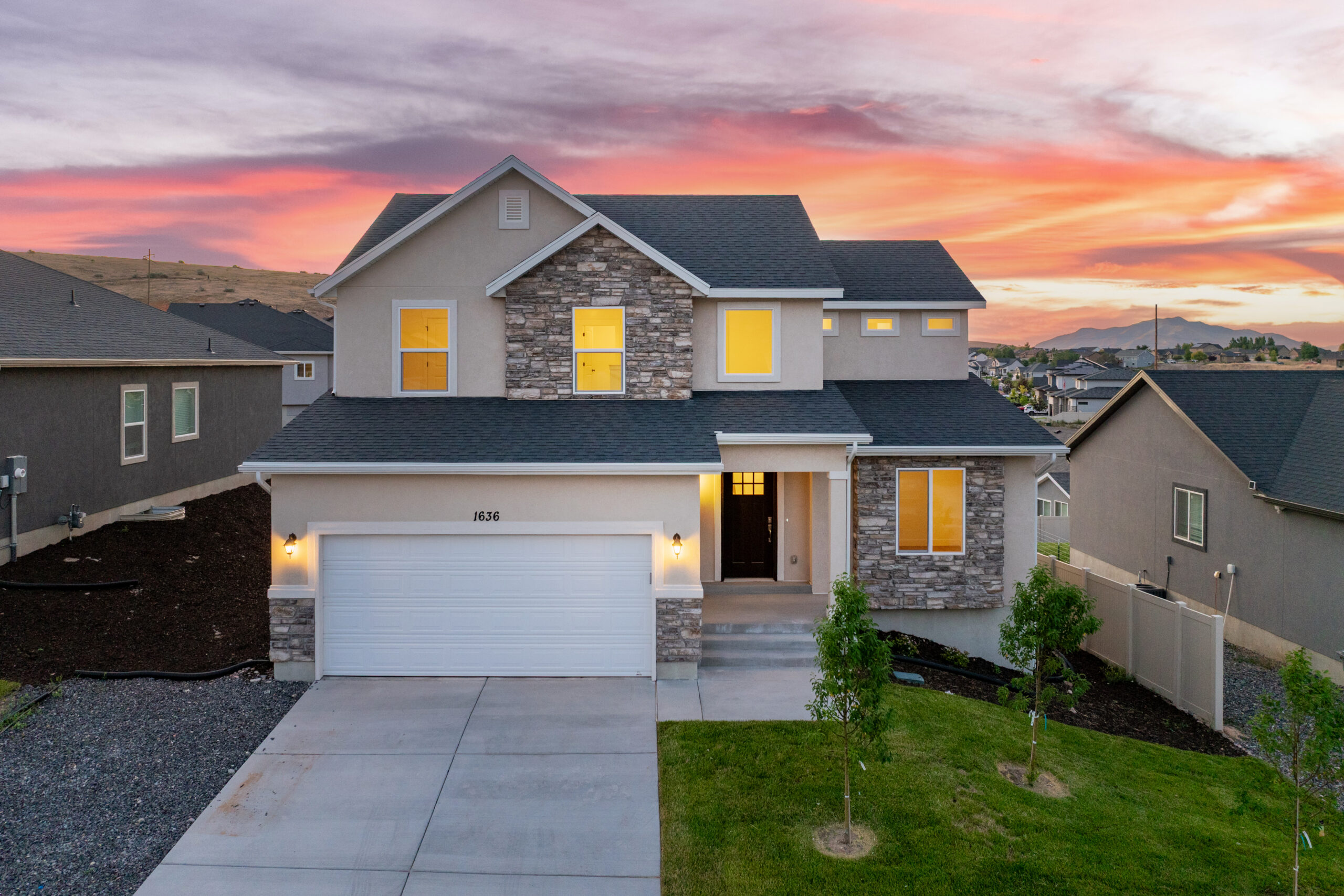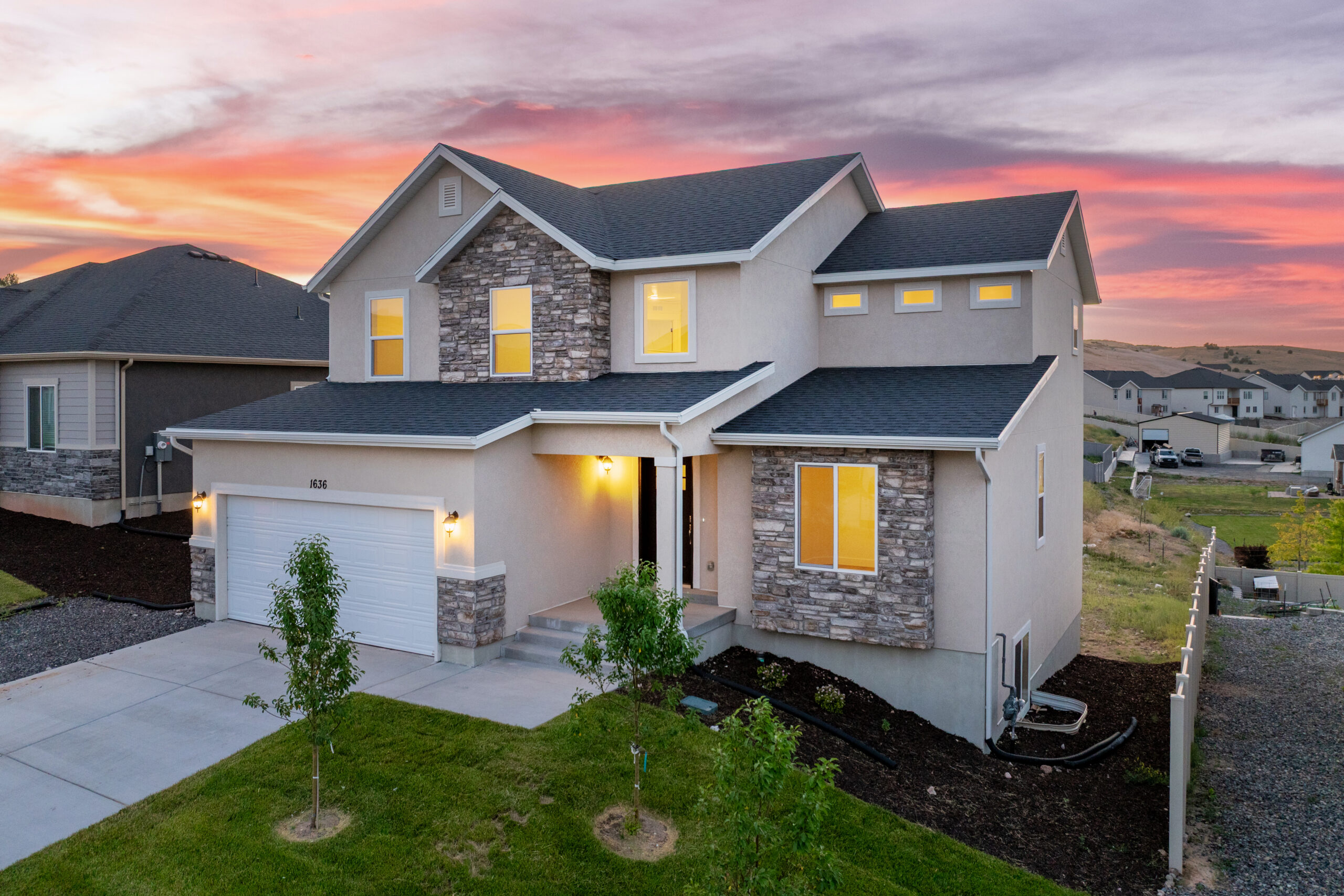Technology is transforming the way we build homes. From the initial planning stages to the final touches, new advancements are making construction more efficient and sustainable. If you’re considering building a new home in 2024, understanding the role of technology can help you make informed decisions that will benefit both you and the environment.
Smart Home Technology Integration
Smart home technology is rapidly becoming a standard feature in new home construction. These advanced systems offer a higher level of control and convenience for homeowners. Smart thermostats can learn your schedule and adjust the temperature to save energy when you’re not home. They can be controlled remotely from your smartphone, ensuring your home is always at a comfortable temperature when you return.
Smart lighting systems are another valuable addition. These systems allow you to control lights in different rooms through a single app. You can set schedules, adjust brightness, and even change colors to create the perfect ambiance. Motion sensors can also be integrated, so lights automatically turn off when no one is in the room, conserving energy.
Home security is greatly enhanced by smart technology. With smart locks and security cameras, you can monitor and secure your home from anywhere. Receive alerts if unusual activity is detected and view live footage directly on your phone. These systems provide peace of mind and can deter potential intruders, making your home safer for you and your family.
Advanced Construction Techniques
Advanced construction techniques are transforming how we build homes, making the process faster, more efficient, and less wasteful. One significant advancement is the use of robotics. Robots can perform repetitive tasks with high precision, reducing the chance of human error. This speeds up the construction process and ensures a higher quality build.
3D printing is another innovative technique that’s gaining traction. Large 3D printers can fabricate building components layer by layer, allowing for quick and efficient creation of complex structures. This method reduces waste and allows for more customized designs, providing a cost-effective solution for unique architectural features.
Modular construction involves creating sections of a home off-site in a controlled environment and then assembling them on location. This technique minimizes on-site construction time and reduces weather-related delays. It also allows for better quality control since the building components are produced in a factory setting. By adopting these advanced construction techniques, we can build homes more efficiently and sustainably.
Sustainable Building Materials
Sustainable building materials are a crucial component of new home construction. These materials reduce environmental impact and offer long-term benefits. One popular option is reclaimed wood. Sourced from old buildings and structures, reclaimed wood gives a second life to materials that would otherwise go to waste. It adds character and durability to your home.
Recycled metals are another eco-friendly option. Using recycled steel or aluminum in construction minimizes the need for new raw materials and reduces energy consumption during production. These metals are highly durable and resistant to weather changes, making them ideal for various structural elements.
Sustainable insulation materials, like cellulose or sheep’s wool, provide excellent thermal performance while being environmentally friendly. These materials often come from renewable sources and require less energy to manufacture. They help maintain a comfortable indoor temperature, reducing the need for heating and cooling systems and lowering energy bills.
Energy-Efficient Systems
Energy-efficient systems are key to creating a sustainable home. Solar panels are a leading choice for renewable energy. They convert sunlight into electricity, reducing reliance on conventional power sources. Installing solar panels can significantly lower electricity bills and contribute to a greener environment.
Geothermal heating and cooling systems offer another energy-efficient solution. These systems use stable underground temperatures to heat and cool your home. They are highly efficient and require less energy than traditional HVAC systems, saving money on utility bills and reducing carbon footprint.
Energy-efficient HVAC systems, such as heat pumps, provide both heating and cooling in an efficient manner. These systems use less energy than traditional furnaces and air conditioners, making them a cost-effective option. Additionally, upgrading to energy-efficient water heaters and appliances can further reduce your household’s energy consumption.
Conclusion
Technology is reshaping the landscape of new home construction in 2024. From integrating smart home systems to employing advanced construction techniques and using sustainable materials, these innovations are creating more efficient and eco-friendly homes. Energy-efficient systems like solar panels and geothermal heating are not only beneficial for the environment but also help homeowners save on utility bills.
If you’re planning a new home construction in Utah, technology can make the process more seamless and beneficial. At Salisbury Homes, we specialize in incorporating the latest advancements to build homes that are both modern and sustainable. Contact us today to learn how we can help you create the home of your dreams with the best that technology has to offer.

